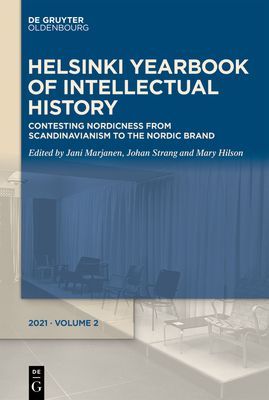
Contesting Nordicness From Scandinavianism to the Nordic Brand
The terms ‘Nordic’ and ‘Scandinavian’ are widely used to refer to the politics, society and culture of Denmark, Finland, Iceland, Norway and Sweden. But why have people felt the need to frame things as Nordic and why has the adjective Nordic become so prominent? This book adopts a rhetorical approach, analysing the speech acts which have shaped the meanings of the term. What do the different terms Nordic and Scandinavian have in common, and how have the uses of these terms changed in different historical periods? What accounts for the apparent upsurge in uses of the rhetoric of Nordicness in the 2010s? Drawing on eight case studies of the uses of Nordic and Scandinavian from the nineteenth century to the present day, the book explores the appeal and the flexibility of the rhetoric of Nordicness, in relation to race, openness, gender equality, food, crime fiction, Nordic co-operation and the Nordic model. Arguing that ‘Nordic’ and ‘Scandinavian’ are flexible and contested concepts that have been used in different, often contradictory and inherently political ways, the book suggests that the usage of the term has evolved from a means of creating a cultural community, to forging political co-operation and further to marketing models in politics and popular culture. The rhetorical approach also shows how many of the hallmarks of Nordic political culture, such as the Nordic model, Nordic gender equality or Nordic openness are more recent conceptualisations than usually assumed. As such, the book argues for the need to turn attention away from analysing the different components of Nordicness into studying how, when, and for what purpose different features were made Nordic.